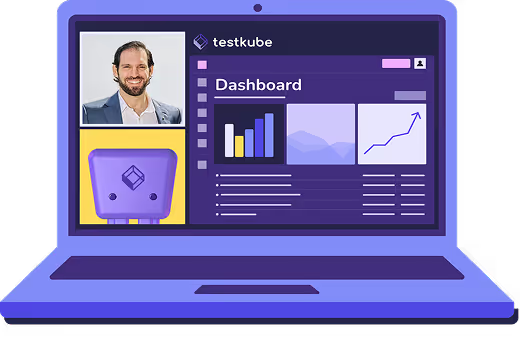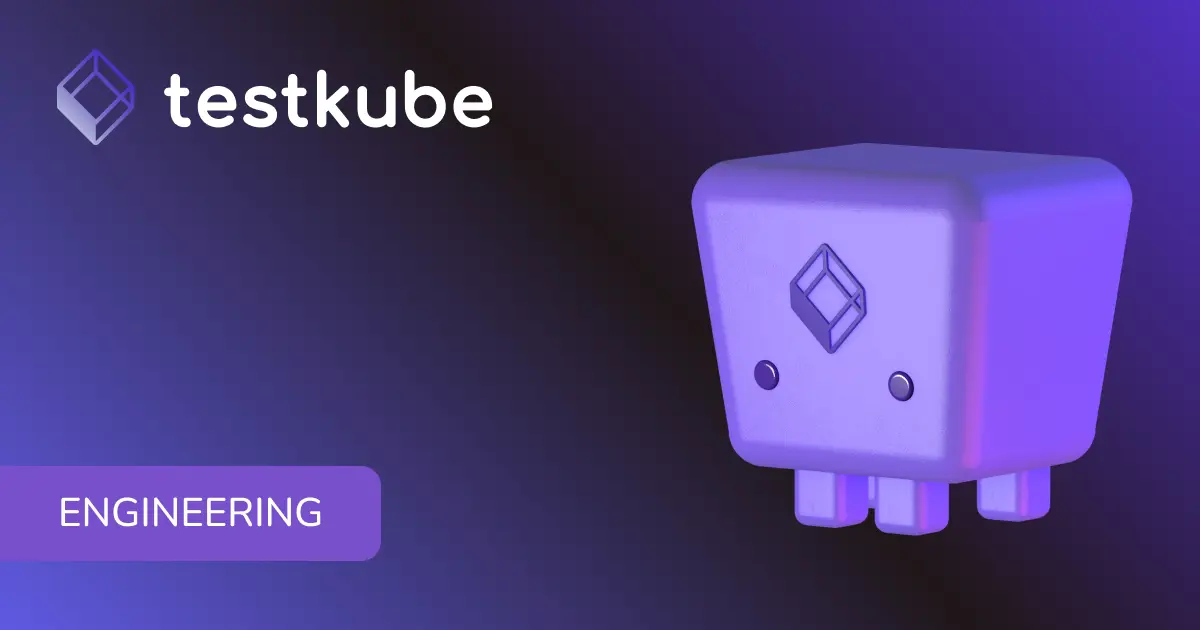Table of Contents
What Does End-to-End (E2E) Testing Mean?
End-to-End (E2E) Testing is a comprehensive software testing methodology that evaluates an application's complete workflow across all layers and dependencies, from the user interface down to the database and external services. Unlike unit tests or integration tests, which validate specific components in isolation, E2E testing confirms that the entire system functions cohesively as an integrated whole.
A typical E2E test scenario might simulate real user behavior such as:
- A user logging into an application through the login interface
- Navigating through multiple pages or screens within the application
- Submitting a form that triggers backend processing and business logic
- Validating that data is stored correctly in the database
- Confirming that updated information is displayed accurately on the user interface
- Verifying that notifications or confirmation messages appear as expected
These tests are often automated using industry-standard frameworks like Cypress, Playwright, Selenium, or TestCafe, which replicate authentic user interactions within browsers or APIs. The primary goal is to ensure that real-world use cases behave exactly as expected after each deployment, update, or code change.
Why End-to-End (E2E) Testing Matters
E2E testing plays a critical role in comprehensive quality assurance by identifying issues that emerge only when multiple services, components, and systems interact together. It validates not just basic functionality, but also reliability, performance, and user experience under realistic workflows that mirror actual production usage.
Key benefits include:
- User-centric validation: Confirms that applications behave as expected from the end user's perspective, catching usability issues and workflow problems that technical tests might miss
- Regression detection: Ensures new code changes, feature additions, or bug fixes don't break existing features or introduce unexpected behavior in previously working functionality
- System reliability: Tests critical integration points, third-party APIs, microservice communications, authentication flows, and external service dependencies
- Confidence in releases: Enables continuous delivery and continuous deployment practices by validating full production-like workflows before deployment to live environments
- Cross-browser compatibility: Verifies that applications work consistently across different browsers, devices, and operating systems
- Performance validation: Identifies bottlenecks and performance issues that only appear under realistic user interaction patterns
Without strong E2E testing coverage, development teams risk shipping features that appear functional in isolation but fail in integrated, real-world environments where multiple systems must work together seamlessly.
End-to-End (E2E) Testing in Testkube
Testkube brings End-to-End testing capabilities directly into the Kubernetes ecosystem by running test suites natively inside Kubernetes clusters. Instead of relying on external CI/CD pipelines to manage and provision test environments, Testkube provisions isolated pods for each test run, ensuring clean, reproducible, and consistent environments every time.
With Testkube, development and QA teams can:
- Execute E2E tests using popular tools like Cypress, Playwright, Postman, or other testing frameworks
- Run tests in parallel across multiple nodes and clusters for faster feedback loops and reduced testing time
- Collect centralized logs, metrics, and detailed test results across distributed systems and microservices
- Integrate test results seamlessly into CI/CD pipelines or monitoring dashboards via CLI, REST API, or Web UI
- Schedule automated test runs based on deployment events or time-based triggers
This Kubernetes-native testing model enables E2E testing at enterprise scale, especially beneficial for complex, microservice-driven applications, while maintaining consistency between staging, QA, pre-production, and production environments.
How Testkube Enhances End-to-End (E2E) Testing
Testkube improves and streamlines the E2E testing process through several key capabilities:
- Isolated Environments: Every test runs in its own dedicated Kubernetes pod with clean state, reducing cross-test interference, flaky tests, and environment contamination issues
- Enhanced Observability: Integrated access to detailed logs, Kubernetes events, and execution metrics helps development teams pinpoint issues faster and debug failures more effectively
- Workflow Automation: Test Workflows allow teams to define complex E2E test sequences with dependencies, conditional execution, and parallel execution patterns
- Horizontal Scalability: Distribute test load across multiple clusters and nodes to support enterprise-scale validation requirements and reduce overall test execution time
- Seamless CI/CD Integration: Run tests automatically after deployments using popular tools like GitHub Actions, GitLab CI, ArgoCD, Jenkins, or other pipeline automation tools
- Test Artifact Management: Store and retrieve test artifacts, screenshots, videos, and reports for analysis and compliance purposes
Together, these capabilities make E2E testing with Testkube both reliable and cloud-native, removing traditional bottlenecks caused by limited testing environments, environment setup complexity, or brittle pipeline scripts.




